
Tim Mulligan
Browse all of our reports, featuring our analysts' expert insights and analysis of audience segmentation, emerging trends and technologies, value chains, market shares, predictions and more – backed by our proprietary survey data and bespoke models & forecasts. Become a subscriber to get new ones every month, or just pick one to get started.

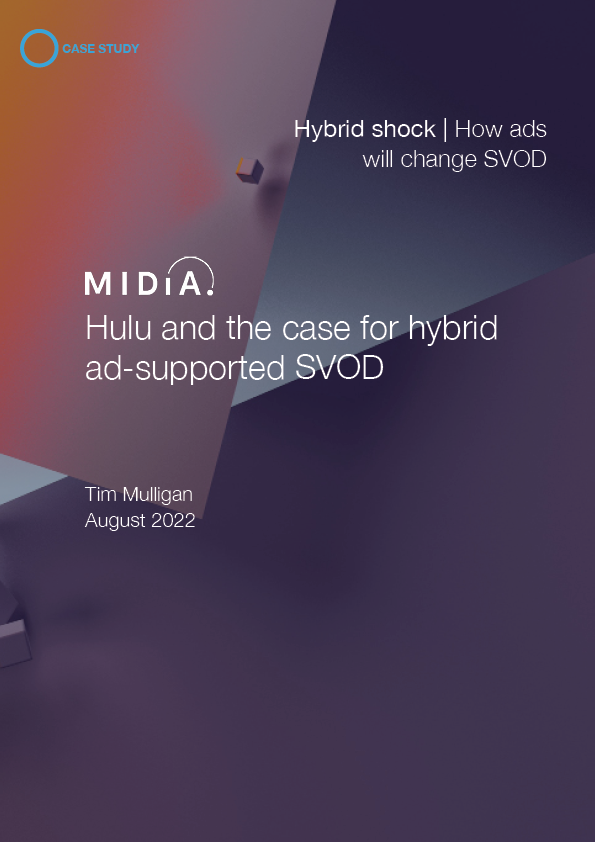
Hulu and the case for hybrid ad-supported SVOD

Why retention is revolutionary

How House of the Dragon is feeding into streaming‘s new reality
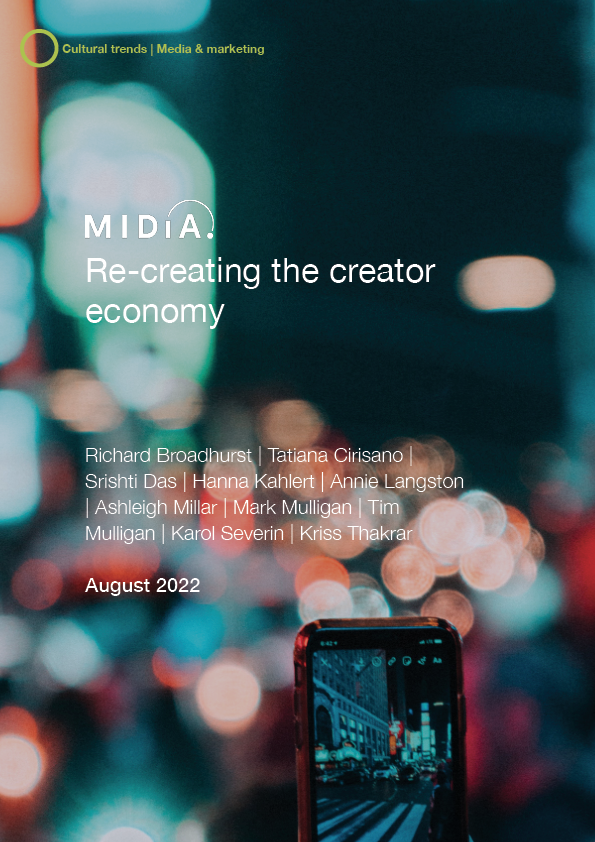
Re-creating the creator economy

Disney’s latest results means the media major is now at an inflection point

Netflix versus AMC – a tale of two fandoms

The video attention reboot How video is being impacted by the attention recession
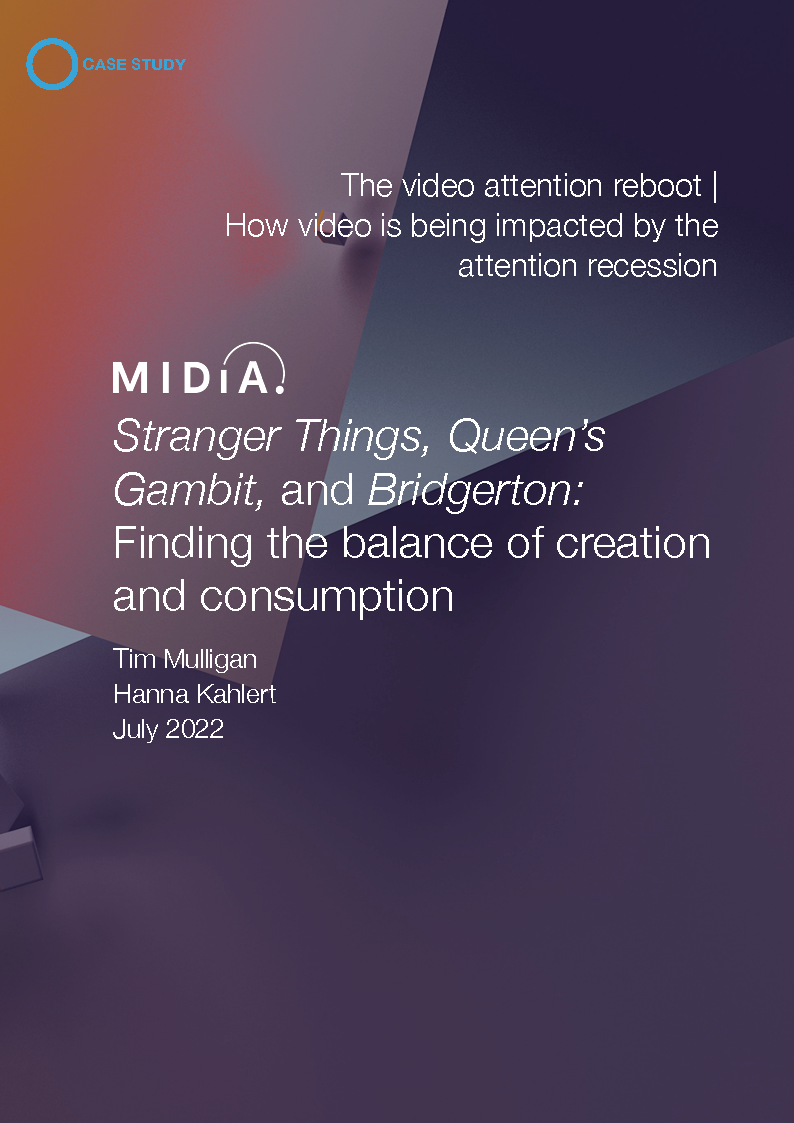
Stranger Things, Queen’s Gambit, and Bridgerton Finding the balance of creation and consumption
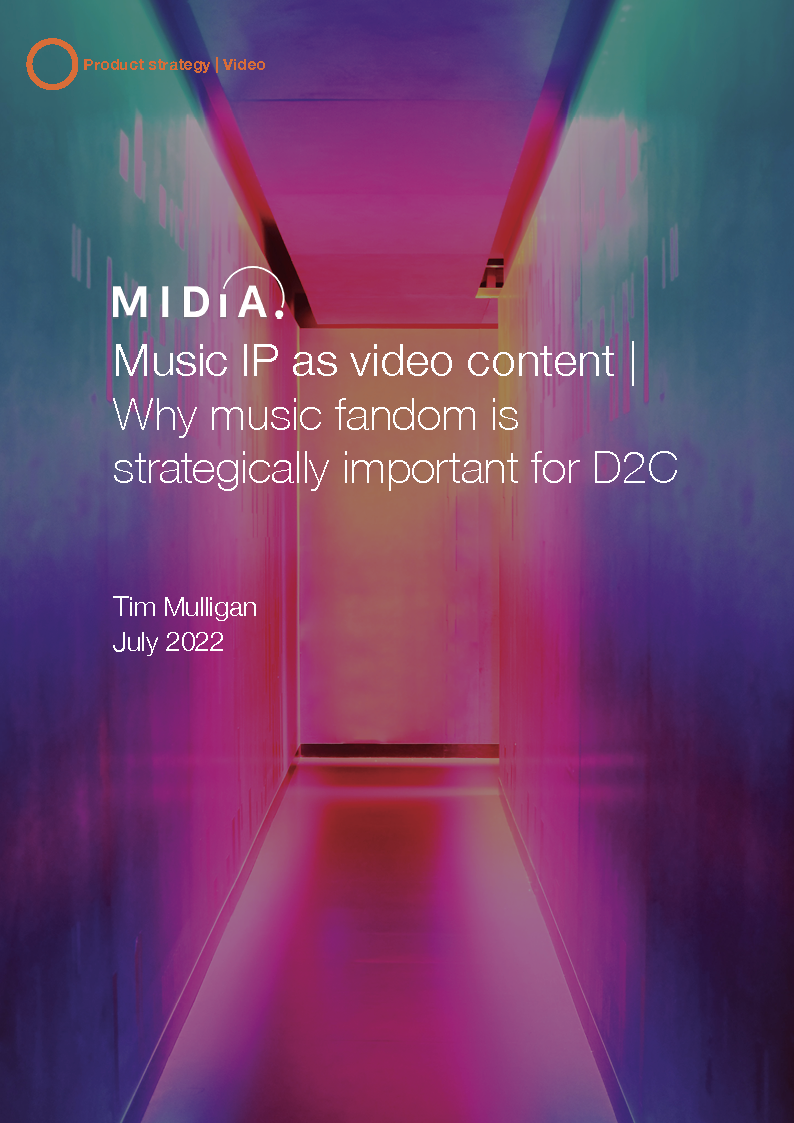
Music IP as video content Why music fandom is strategically important for D2C

Why film has the creative full stop advantage

Netflix loses but does streaming gain?

Why Netflix is partnering with Microsoft for video ad dominance

Why Top Gun: Maverick defines peak film in the streaming era

The ad risk for Netflix
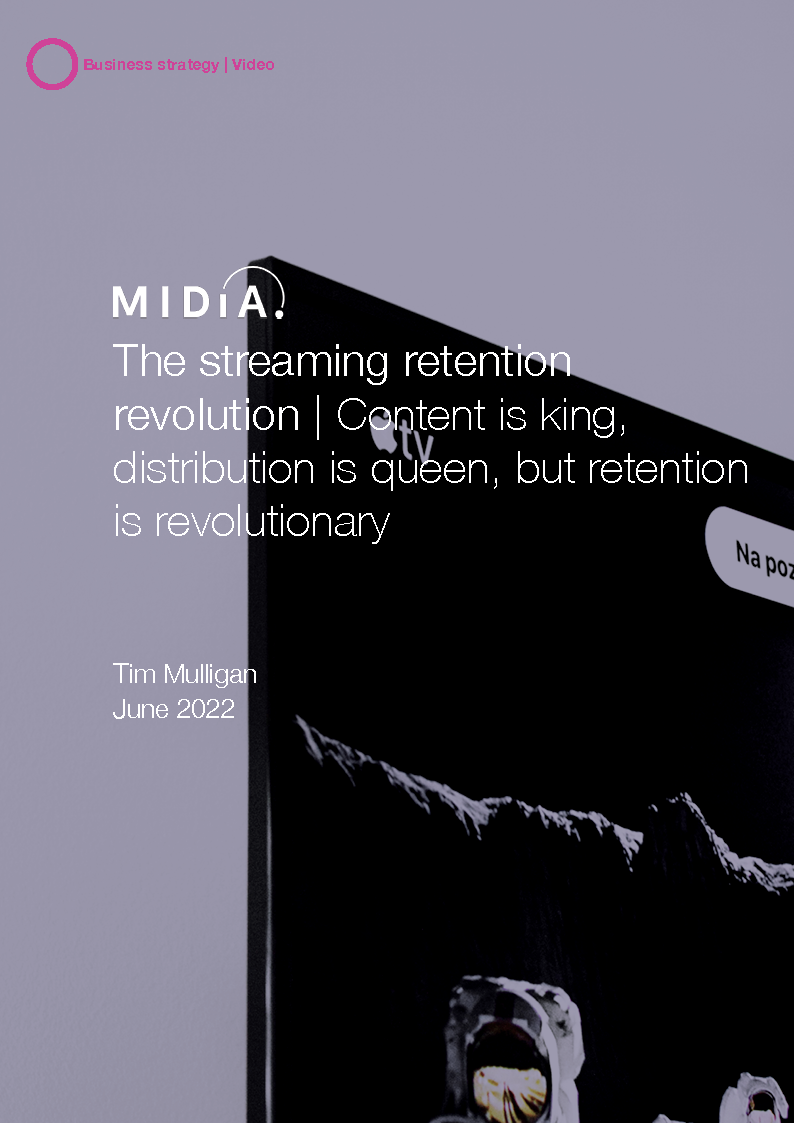
The streaming retention revolution Content is king, distribution is queen, but retention is revolutionary

Why ads are Netflix’s podcast moment

Why Paramount+ is landing in the UK at an inflection point for video streaming

Why (and how) Apple has now fundamentally disrupted sports

